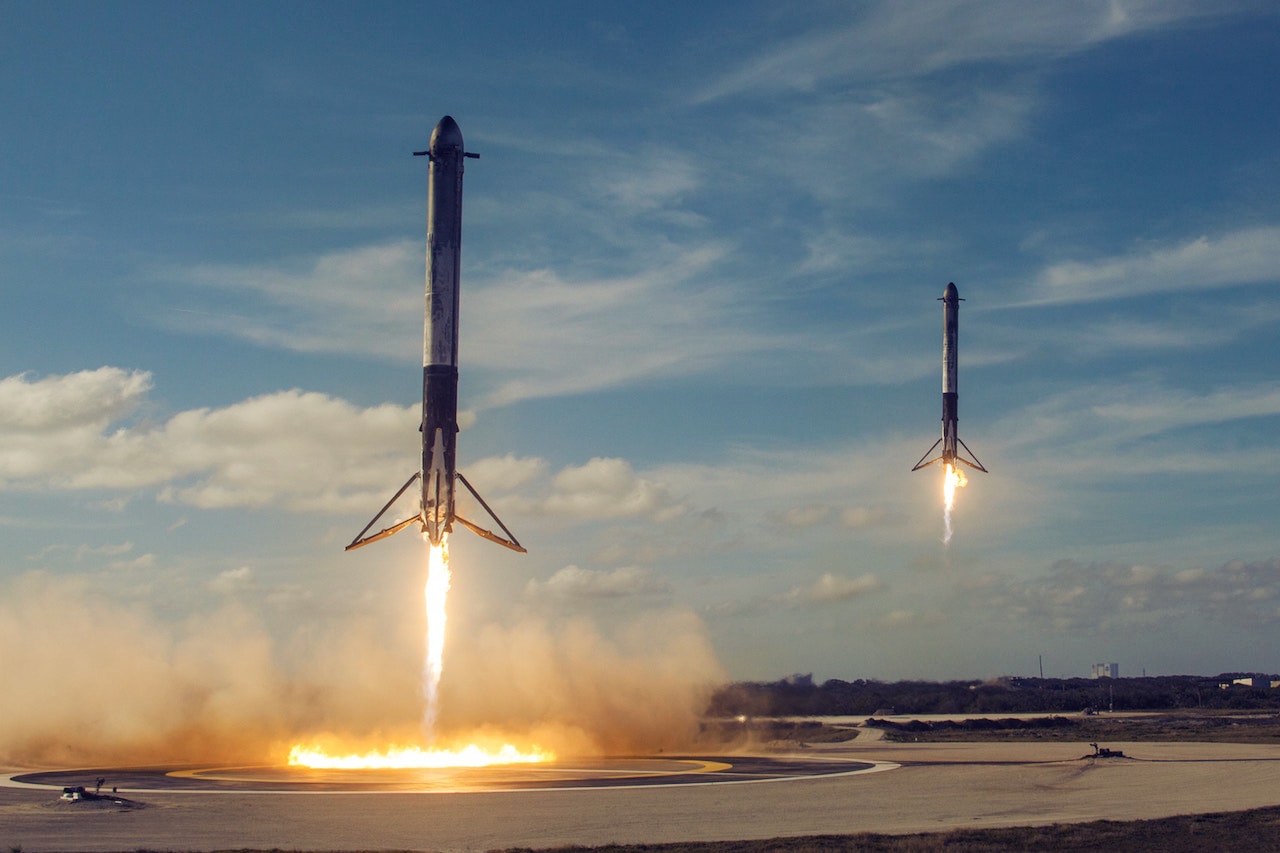A new space race is developing, bringing with it the potential to spread broadband to unserved areas of the world.
A handful of satellite companies, including SpaceX, are planning to deploy large-scale, low-orbit constellations that could bring high-speed broadband service to wide geographic areas. SpaceX’s main competitor is one-time partner OneWeb, which like its rival, is planning a huge network of satellites that could blanket most of the Earth with high-speed broadband service.
Other companies are competing as well. While SpaceX and OneWeb plan to launch thousands of satellites in the coming years, Canadian firm Telesat is also planning to offer global coverage through a polar-orbit constellation of just 117. Space Norway plans to cover the Arctic area, and LeoSat plans to specialize in high-speed encrypted services for large businesses.
These proposed services would be in addition to incumbent satellite Internet providers like HughesNet and Exede Internet, which focus on serving the United States.
Proponents of the proposals say they have the potential to offer broadband at speeds that rival wired fiber service. The new providers could achieve faster speeds and lower latency than current generation satellite Internet service using a combination of low orbits, a large number of satellites, and advanced technologies, said Larry Press, an information systems professor at California State University.
But it’s not certain yet that any of these proposals will pan out. Experts say the proposals face serious funding and regulatory hurdles.
SpaceX, owned by Elon Musk, and OneWeb, backed by SoftBank, Qualcomm, and Coca-Cola, both have deep pockets. They both “have a lot of money and smart people, but no one knows for sure if either one or both is viable,” Press said.
Back in the 1990s, Teledesic, backed by cellular pioneer Craig McCaw, Microsoft co-founder Bill Gates, and Saudi Prince Al-waleed bin Talal, planned a similar low-Earth orbit constellation, but it shut down the expensive project in 2002. Today’s companies have “far superior technology,” but they still aren’t sure things, Press said.
SpaceX wants to launch more than 4,400 satellites, and OneWeb plans to launch nearly 2,000, and deploying a single satellite can cost USD 300,000 or more, said Peter Marquez, a partner in Andart Global, a consulting company focused on the space sector and emerging technologies.
When SpaceX received U.S. Federal Communications Commission approval for its plan in March, the company noted its one step forward.
“Although we still have much to do with this complex undertaking, this is an important step toward SpaceX building a next-generation satellite network that can link the globe with reliable and affordable broadband service,” Gwynne Shotwell, the company’s president and chief operating officer said then.
SpaceX plans to start launching its constellation in 2019, and about 800 satellites need to be deployed for broadband service to be operational. OneWeb plans to begin launching satellites this year, with some service available in 2019.
One of the biggest issues is regulatory approval, said Marquez. While both SpaceX and OneWeb have approvals from the FCC, they will need permission from every country where they plan to offer service, he said.
In some countries, regulatory approval should be relatively easy, and in other countries, where officials are interested in protecting incumbent telecom providers, it could be a nightmare, he added.
The providers face “a regulatory burden that surpasses any technical issues” while building a huge satellite constellation, Marquez added.
The satellite operators will also have to deal with pricing issues. Countries that have consumers with money to spend on broadband also tend to have at least some broadband service in place already, Marquez noted. His question: Will there be enough consumers in wealthy countries to subsidize consumers in poorer countries?
It’s a “worthy endeavor” for satellite providers to bring broadband to places without access, but it’s unclear how consumers in many of those areas will pay for service, he said. “The question is, what’s the business model?” he added. “A four-and-a half-thousand satellite constellation – that’s going to cost you a little bit of money.”
The new proposals also face potential competition from planned 5G mobile service, he noted. The growth of mobile service was one of the factors that helped kill the 1990s version of satellite constellation broadband, and super-fast 5G could siphon off potential customers in some countries, Marquez said.
Still, satellite constellation broadband has its fans. SpaceX and OneWeb have “astonishing amounts of money” after each has raised more than USD 1 billion, said Markus Knapek, co-founder of Mynaric, a laser communications company that could help link these constellations.
A reduction in the cost of launching satellites and the promise of connecting the 3 billion people who aren’t on the Internet ensures “the inevitable success of these ventures,” he added.
Knapek downplayed concerns about the cost of deploying the services. Delivering broadband from the sky will be significantly cheaper in many places than laying fiber, he said. “To physically connect rural India – or the rural USA come to that – is prohibitively expensive,” Knapek added. “The industry grows increasingly confident that broadband Internet delivered via satellite constellations is the only economic way to truly connect the entire world.”
Press sees potential for satellite constellations to both bring broadband to new areas and to provide an alternative in places where people aren’t in love with their current provider.
“One key to serving places with relatively little connectivity like rural areas, developing nations is the fact that once a satellite constellation is in place, the marginal cost of adding a new customer in an un-served area is zero, so they will be able to vary price by region — shooting for an affordable price wherever they are,” he said.
Read A Policy Framework for Enabling Internet Access, which provides a framework for policymakers to bring Internet access to everyone.
